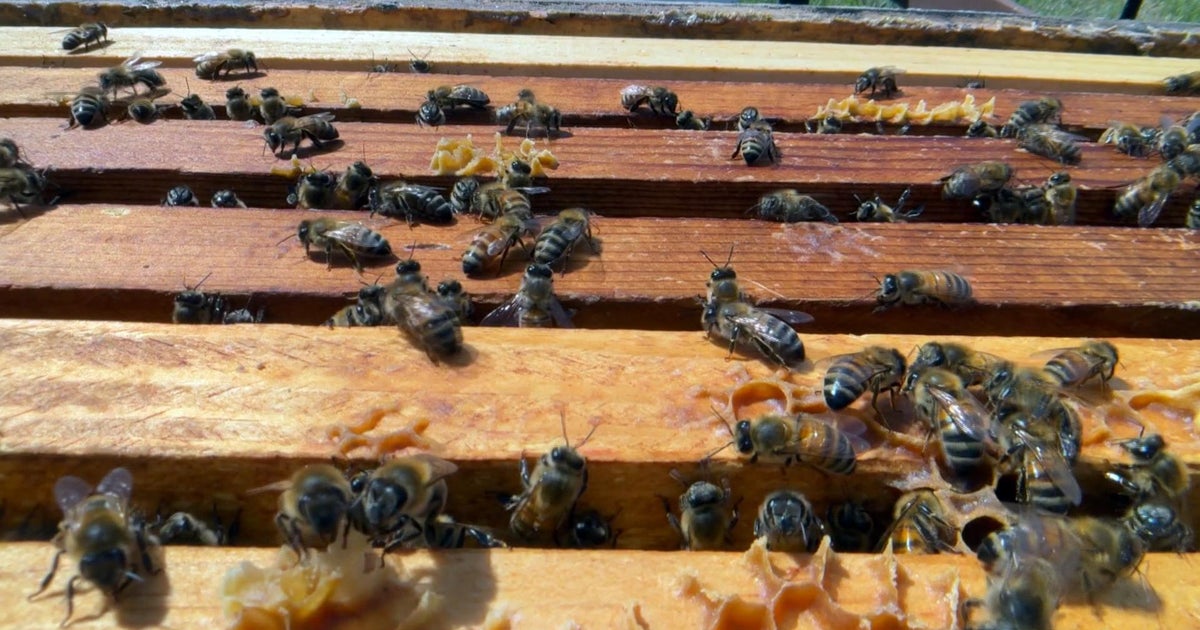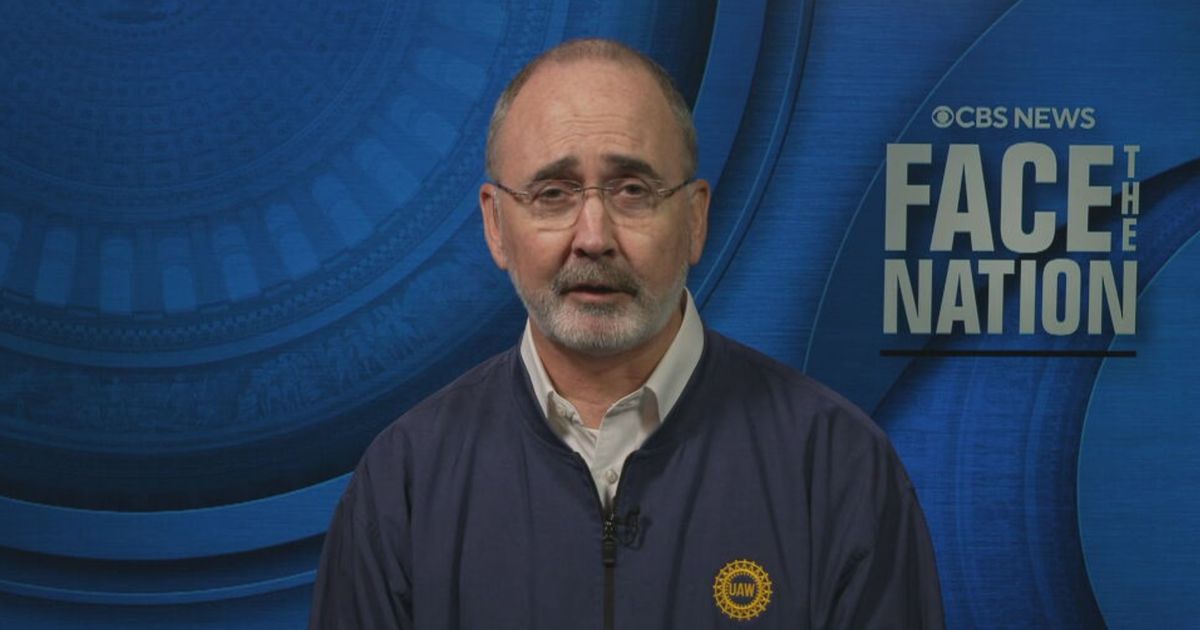Art of history: Preserving African American dioramas
Look closely at this three-dimensional scene, featuring a pair of exuberant dancers. "You've been enslaved for 250 years, and now you're free, and this is jubilation and joy," said professor Jontyle Robinson.
The director of the Legacy Museum at Alabama's Tuskegee University, she describes the scene as the moment of emancipation. "It's a moment that is pregnant with possibility," she told correspondent Rita Braver.
The diorama was created for the American Negro Exposition mounted 80 years ago this summer to celebrate African American achievements since the end of slavery. Known as the "Black World's Fair," it was held at the imposing Chicago Coliseum. "If you wanted to understand something about African Americans in 1940, it was there for you at the exposition," said Robinson.
There had never been anything like it. President Franklin Roosevelt pushed the button that turned the lights on Opening Day. There were all kinds of exhibits, including a Hall of Fame honoring notable African Americans. Jazz legend Duke Ellington entertained the crowd.
And at the center of it all was a huge hall featuring 33 dioramas.
Braver asked, "What were they trying to show?"
"That African American people have contributed enormously to this country's development and wealth," Robinson replied.
Made of wood, plaster and Masonite, with human figures often clay or carved wood, they portray scenes from Black history:
Matthew Henson, one of the first men to reach the North Pole;
The death of Crispus Attucks, a dockworker believed to be the first colonist killed in the revolution;
And the landing of enslaved people from Africa, in Virginia, in 1619.
Robinson said, "How can you not be swayed by what you see here?"
These dioramas are all recently restored. How that happened is quite a story.
The 33 dioramas were all created under the direction of Charles Dawson, a noted commercial artist. When the exposition ended, Dawson brought 20 dioramas to Tuskegee, where he had once been a student. What happened to the other 13 is an enduring mystery.
But over the years those 20 dioramas fell into disrepair, and Robinson believed it was essential for African Americans to help restore these works portraying their history. But there was a problem.
Braver asked, "There's just not very many African Americans who work in the field of museum conservation, are there?"
"There are not, she replied, "and so it was mandatory that I work to try to figure out a way for African American students to learn this discipline."
So, Robinson helped launch a groundbreaking program, the Alliance of HBCU Museums and Galleries, enlisting some top art restoration centers, like one run jointly by Winterthur Museum and the University of Delaware, to introduce Black students to the field of conservation by working on the dioramas.
Roger Blakemore spent months on one featuring the Harlem Hellfighters of World War I.
Braver asked student Taslyn Ware, who is just starting on the project, "You're studying this now because you want to be one of the people that spreads the word?"
"Yes," she said. "I think that it's truly imperative that we just understand our history. If you don't understand where you're coming from, it's very hard to grasp where you're going."
Professor Joyce Hill Stoner has helped students restore four of the dioramas. Braver asked her, "Does it make a difference that African Americans are working on art made by other African Americans?"
"Once they have been lured into the field and really love it, the answer would be no, it doesn't have to be," Stoner said. "But when you're trying to get people excited, you want to strike a chord."
And the dioramas struck a chord for LaStarsha McGarity. Today she holds a prestigious conservation fellowship at Washington's National Gallery of Art. But earlier, she painstakingly restored a diorama, for her masters thesis at the Garman Art Conservation Program at SUNY Buffalo State College, of Benjamin Banneker surveying what would become Washington, D.C. He's a key figure, she said, "because he is sort of an oddity in American history that has been lost – a free African American that was a surveyor, an author, a farmer, an astronomer."
The dioramas represent "the history within and the history surrounding them," McGarity said.
When the restoration was complete, she helped drive the diorama back to Tuskegee straight to Jontyle Robinson.
Braver asked Robinson, "What was it like for you when LaStarsha brought you that Benjamin Banneker diorama?"
"The circle was complete," she replied. "You couldn't ask for anything better."
And even as she presides over the restoration of Tuskegee's 20 dioramas, Robinson is still wondering what happened to the other 13.
Braver asked, "Do you hope that that, now that we're having this conversation, somebody's gonna say, 'Hey, wait a minute, we have one of those things in our basement, I never knew what it was!'?"
"Absolutely. I hope so! I do!" Robinson replied. "I hope that this unearths all kinds of things, and it will help complete the story."
For more info:
- The Legacy Museum at Tuskegee University, Tuskegee, Ala.
- Joyce Hill Stoner, professor, University of Delaware
- The Alliance of HBCU Museums and Galleries
- Winterthur Museum, Winterthur, Del.
- Department of Art Conservation, University of Delaware
- Garman Art Conservation Department, SUNY/Buffalo State College
Story produced by Robbyn McFadden. Editor: Mike Levine.









